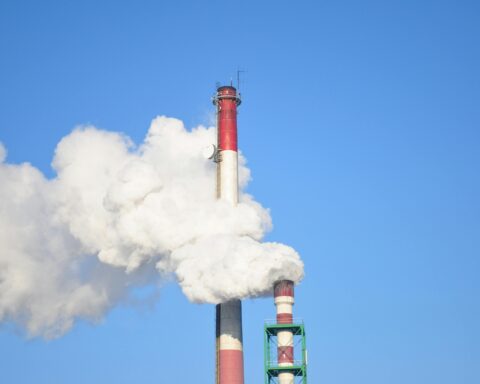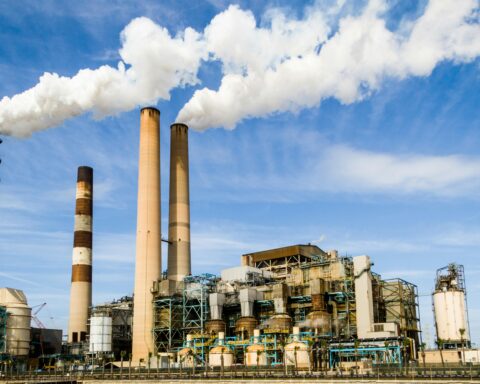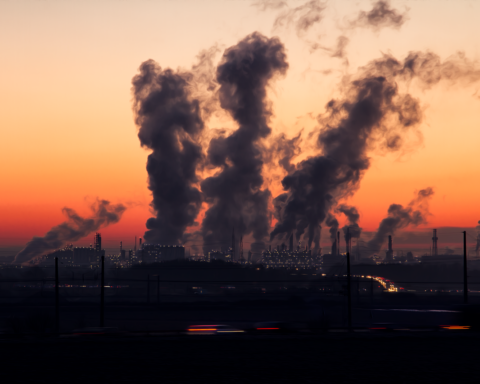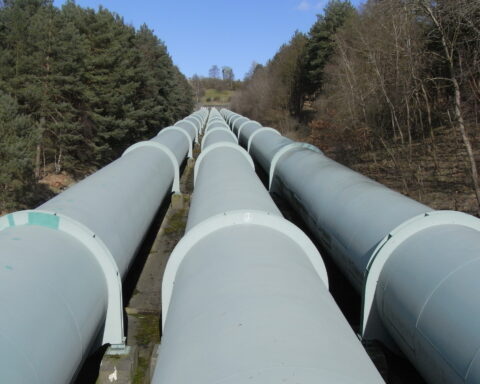The U.S. Department of Energy (DOE) is investing $2.5 billion in carbon capture and has advanced three demonstration projects for funding.
The three projects combined will receive up to $890 million through the Bipartisan Infrastructure Law. Upon completion, they are anticipated to remove about 7.75 million metric tons of carbon emissions from being released – the equivalent of 1.7 million gasoline-powered vehicles.
OCED chose projects that are geographically diverse and located in North Dakota, California and Texas.
More than one-quarter of the U.S.’s carbon emissions come from the power sector, so the projects will use new technologies and updated infrastructure to remove carbon dioxide from the energy production process. Managed by the DOE’s Office of Clean Energy Demonstrations (OCED), these projects will test how this technology can be further expanded to reach U.S. goals of having carbon-free energy production by 2035 and net-zero emissions by 2050.
“We’re grateful that the Department of Energy recognizes the importance of developing carbon capture systems and is positioning the United States to be a leader in the advancement of this critical clean energy technology,” Mac McLennan, president and CEO of Minnkota Power Cooperative, one of the companies behind Project Tundra in North Dakota, said in a news release. “Innovation is our path forward through the energy transition. Project Tundra has the potential to help pave the way toward a future where electric grid reliability and environmental stewardship go hand in hand.”
What is carbon capture
The BIL provides $2.5 billion for six carbon capture demonstration projects for companies to continue developing and deploying technologies to capture carbon and store it underground, OCED Acting Director Kelly Cummins said in a Dec. 18 webinar.
The carbon capture and storage (CCS) process involves capturing CO2 before it enters the atmosphere and can involve decarbonizing existing infrastructure at power plants, she said.
“Typically carbon capture equipment is placed at or near the source of emissions like a power plant or industrial facility. This is known as point source capture,” Cummins said.
The carbon is then compressed so it can be transported via a pipeline, trucks, rail or ships and then injected and stored underground in what are called saline formations, or porous rocks filled with brine or salty water. To protect any nearby drinking water and water tables, the sites have to be monitored for leaks, she said.
Carbon capture is one component that can help the U.S. capture and store an estimated 400 million to 1.8 million metric tons of carbon emissions annually to help meet the country’s carbon emissions goals.
“Both public and private sector investment will be critical to demonstrate and advance CCS technology development,” Cummins said. “That’s where the carbon capture demonstration projects program comes in.”
Take a look at the projects
The Baytown CCS Project east of Houston is expected to remove 2 million metric tons of CO2 annually to store in saline formations on the Gulf Coast.
“The Baytown project will be one of the first fullscale demonstrations of carbon capture at a natural gas combined cycle power plant similar to the one in California,” OCED Director of Project Management Todd Shrader said in the webinar.
The project is considering how to reuse graywater, which is any wastewater that has not come into contact with human waste, such as water from showers or washing machines. The site could use graywater for cooling to reduce the amount of freshwater needed.
Calpine Corp., the largest generator of electricity from natural gas and geothermal resources in the U.S., is spearheading both the Texas and California projects.
“Carbon capture is an important technology for decarbonizing the electricity sector and the economy. Calpine is very grateful for the commitment and support for the project by our stakeholders,” Calpine CEO Thad Hill said in a news release.
The Sutter Decarbonization Project near Yuba City, California, will capture 1.75 million metric tons, or 95% of the CO2 emissions from the natural gas combined-cycle power plant, which uses both gas and steam to create energy.
“It’ll be the first in the world to deploy an air cooled system, which eliminates the use of cooling water and significantly minimizes freshwater usage for the facility,” Shrader said. “This was a particular concern raised by the community, and responsible water use was an action that the company took on and the project took on. We see it’s critical for further deployment of carbon capture, particularly in the Western U.S. where there is less water resources at times.”
The Dakota Carbon Center East Project, or Project Tundra, in North Dakota is expected to capture 4 million metric tons of carbon emissions to store in saline formations below and near the power plant. Shrader said DCC East will capture 95% of CO2 from one unit and 20% from a second unit at the coal-fired power plant.
These are long-term projects and after funding is awarded, it could take up to 15 years before they are fully operational. Officials at Project Tundra anticipate OCED could make its decision on whether to move any of the projects forward for funding in mid-2024.
Cummins said the DOE will announce the funding opportunity for the three other projects at a later date.













